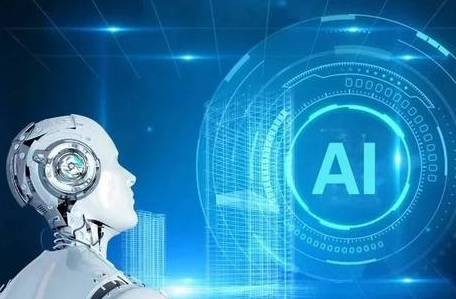小优智能科技有限公司成立于2015年底,是一家专注于高精度3D机器视觉模组研发、生产及销售的高科技企业。
公司自主研发的3D机器视觉模组采用激光/DLP白光编码光栅结构光+双工业相机方案,还原物体三维信息,广泛应用于消费电子领域、工业领域和安防领域,具有精度高、速度快、成本低的优势。
With the development of technology and information technology, robots or other intelligent machines have slowly gained visual skills. Now, important product functions in 3D machine vision systems have gradually improved.
The machine vision system uses the machine to measure and judge human eyes. The visual system converts the image signal into a digital signal, and the image processing operates on these signals to extract the characteristics of the target.
The characteristic of 3D machine vision is to improve the flexibility and automation of production. Machine vision is used in places where manual vision cannot meet the requirements. In large-scale industrial production, manual inspection of product quality is low and errors are high. Using machine vision can improve production. 3D machine vision can achieve information integration and is the basic technology for computer integrated manufacturing.
A complete machine vision system includes the following products:
1. Camera
The camera is an important component in machine vision, and different types and resolutions of cameras should be selected according to different usage sites. The choice of camera not only determines the resolution and quality of the collected images, but also depends on the operating mode of the entire system.
2. Light source
The light source is an important part of the machine vision. The main goal is to project the light onto the measured object in a suitable way, show the contrast of the measured part, and let the measured place react in a more clear and accurate form. For different practical uses, the light source to be selected is also different.
3. Lens
In the machine vision system, the main function of the lens is to place the imaging target on the photosensitive surface of the image sensor, and the basic function of the lens is to achieve beam exchange.
Choose the appropriate lens according to the accuracy of the test product. The telecentric lens selects the model according to the field of view required by the test product. The ordinary lens selects the model according to the working distance and product field of view. Special conditions require the selection of other types of lenses, such as high magnification lenses.
